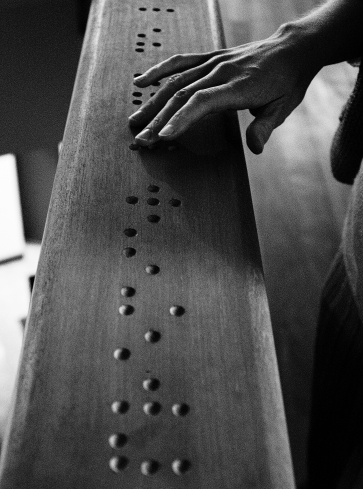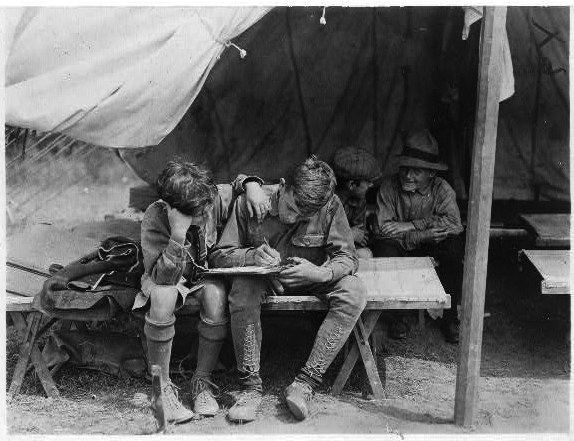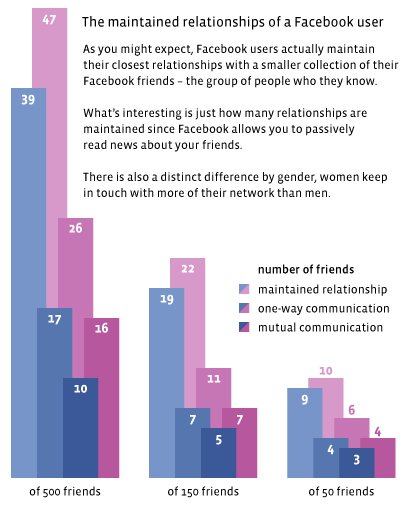
I found this picture at the Library of Congress. It is entitled: “Teachers shock students at George Washington University, Washington, D.C., Aug. 2”. The photograph reminded me that the use of technology in education sometimes gets really weird. The so called shocking machine, invented by Dr. Willard Hayes Yeager, Head of the department, was intended to take the “ahs” “ers” and “ums” out of the diction of public speaking students. Yeager is shown putting on the shocker to Jane Hampton, 17. When the student made a mistake the professor at the other end of the room notified her by a gentle electric shock. Maybe this took out some “ums”, but it put in some other “ahs” for sure. Will people look back in 70 years from now and wonder, what we were doing when introducing new technology in education? They probably will.







